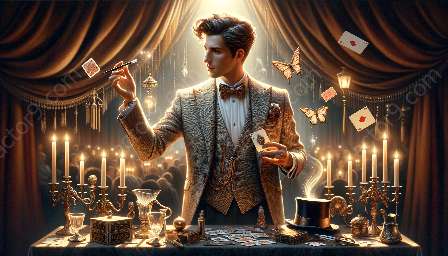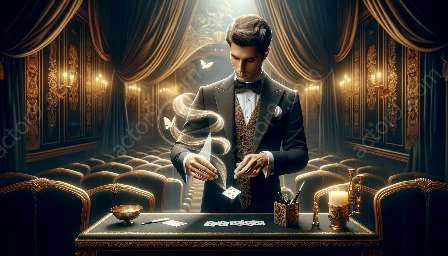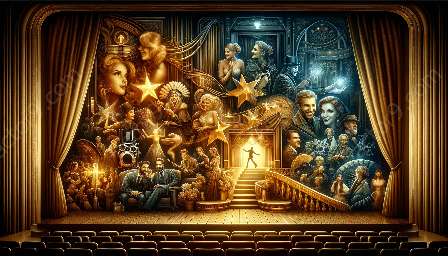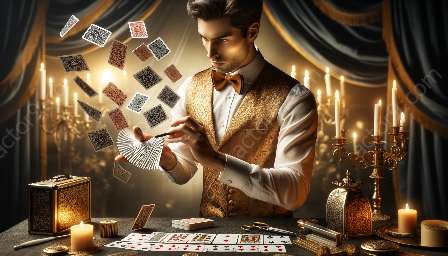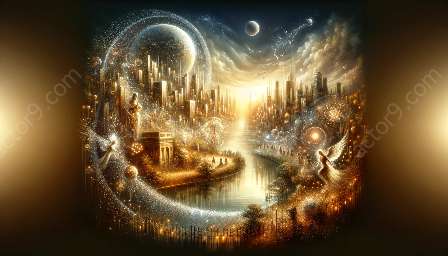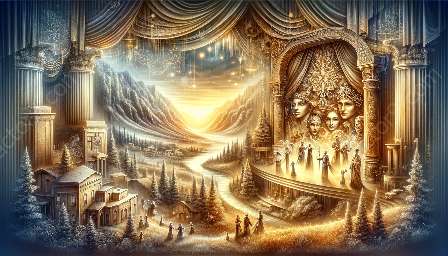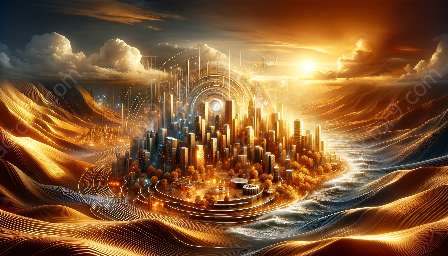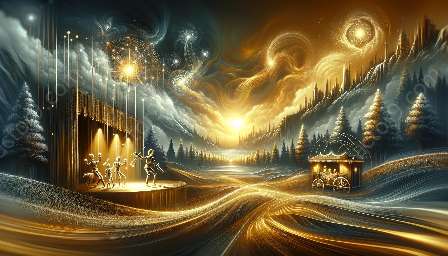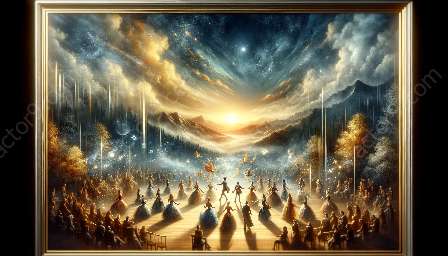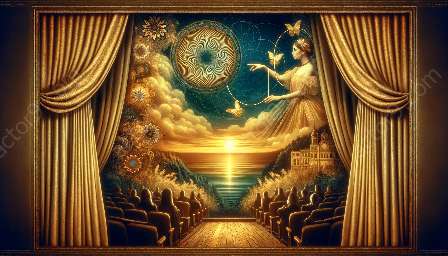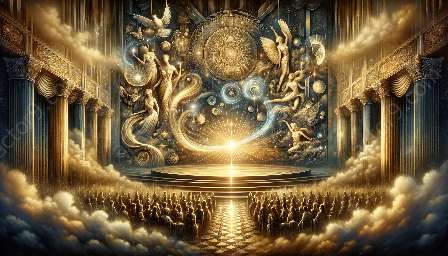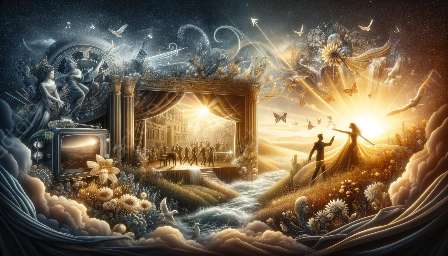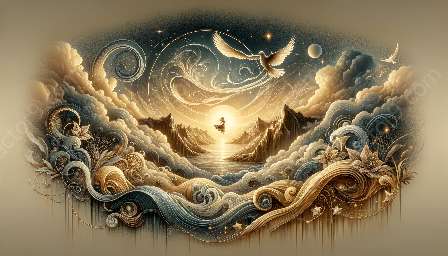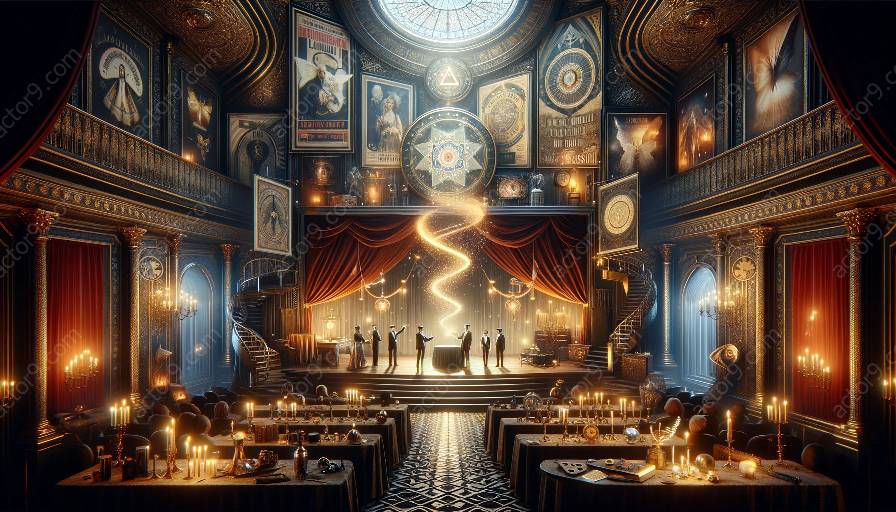Magic and illusion have played a fascinating and complex role in the development of early scientific and mathematical concepts. Throughout history, the worlds of magic, illusion, and science have been intricately intertwined, with each influencing and inspiring the other. In order to understand the impact of magic and illusion on the development of early scientific and mathematical concepts, it's crucial to explore the history of magic and illusion and their intriguing relationship with science and math.
History of Magic and Illusion
The history of magic and illusion dates back to ancient civilizations, where magical practices and illusions were an integral part of religious rituals, entertainment, and cultural traditions. In ancient Egypt, for example, the use of sleight of hand and optical illusions was documented in hieroglyphs and papyri, demonstrating the early fascination with the art of deception.
During the medieval and Renaissance periods, magic and illusion continued to evolve, with the emergence of famous practitioners such as Leonardo da Vinci and Robert-Houdin, who used their skills to captivate and mystify audiences. As magic shows became a popular form of entertainment in the 18th and 19th centuries, prominent magicians like Harry Houdini and Jean Eugène Robert-Houdin pioneered new techniques and illusions that dazzled and confounded spectators.
Magic and Illusion
Magic, an art of deception, prompts scientific curiosity. The desire to unveil the secrets behind magical feats has often sparked scientific inquiry and experimentation. Many early scientists and mathematicians were drawn to the puzzles presented by magic and illusion, leading them to explore the principles of perception, cognition, and the natural world.
Furthermore, the development of early scientific instruments and the study of optics owes much to the investigation and understanding of optical illusions presented by magicians. These illusions challenged scientists and mathematicians to contemplate the nature of visual perception and its connection to the physical world.
Relationship with Science and Math
The relationship between magic and science is marked by a mutual exchange of knowledge and inspiration. Early scientific concepts, such as the laws of motion, gravity, and probability, were influenced by the observations and experiments inspired by magical performances and illusions. The work of scientists like Isaac Newton, Johannes Kepler, and Blaise Pascal was shaped by their encounters with magical phenomena, which prompted them to delve deeper into the fundamental principles governing the universe.
Similarly, the field of mathematics experienced significant development due to the influence of magic and illusion. Mathematical concepts related to geometry, probability, and patterns were explored in response to the mathematical challenges posed by magic tricks and illusions. The study of permutations, combinations, and probability theory, for instance, was enriched by the need to understand the mathematical underpinnings of card tricks and gambling games.
Conclusion
In conclusion, the impact of magic and illusion on the development of early scientific and mathematical concepts is profound and multifaceted. The history of magic and illusion reveals a rich tapestry of cultural, intellectual, and scientific connections that have shaped the course of human knowledge. By exploring the intersections of magic, illusion, science, and math, we gain a deeper appreciation for the intricate web of influences that have contributed to the advancement of our understanding of the world.


